
Inside the smile factory: Nintendo's mission to keep the Switch 2 from facing reality.
“Our top priority is bringing smiles to people's faces.”
This is what Bill Trinen shares with me just hours after the conclusion of the Nintendo Switch 2 Direct. Staying true to the company's philosophy, Nintendo of America’s Vice President of Player and Product Experience is in high spirits as we discuss the Nintendo Switch 2. He has ample reason to be cheerful, being in New York City at the inaugural hands-on event for a console that has been in development since 2019, navigating through the challenges of a pandemic and multiple instances of political unrest.
The payoff for that journey is an event space filled with joy. Laughter bounces off the walls as players enthusiastically enjoy the new camera-supported minigames in Super Mario Party Jamboree. Each demonstration of Metroid Prime 4: Beyond, using mouse controls, leaves jaws dropping. This scene embodies the whimsical world that Nintendo has strived to create over the years. Here, surrounded by rows of televisions glowing with vivid colors, it’s a celebration of smiles.
In stark contrast, outside those doors, members of the press spent an entire day joyfully testing the Switch 2, while news of the console's pricing strategy stirred apprehension among fans. This was only the precursor to the main source of anxiety, as President Donald Trump announced plans for sweeping tariffs on several countries, capping off a tumultuous day. Nintendo had crafted a pop-up paradise in Manhattan, but just a few miles away, Wall Street became the epicenter of a reality many escape through Nintendo's games.
Nonetheless, Nintendo remained steadfast. During Wednesday and Thursday, I engaged in interviews with Trinen and Nate Bihldorff, SVP of Product Development and Publishing at Nintendo of America, and participated in a roundtable discussion with the Switch 2's development team. You wouldn’t sense any concerns listening to them. Despite surrounding events, the team maintained their message, presenting a reassuring vision of the Switch 2 until the inescapable reality of its launch approached.
Technical innovations
Typically, I view a Nintendo Switch Direct from the comfort of my home, turning exciting reveals into news tasks for later editing. It feels more like work, often requiring a rewatch after hours to truly enjoy. However, the Switch 2 Direct was a rare opportunity to experience one as Nintendo would ideally prefer: in a room filled with engaged viewers reacting vocally to every announcement. Although it broke the unspoken “no cheering in the press box” guideline of sports journalism, the spontaneous “whoas” seemed nearly instinctual. Nintendo struck a chord deep within the game-loving journalists present.
“The message we wanted to convey is that everything you loved about Nintendo Switch is coming to Nintendo Switch 2, and we’re enhancing it to create an even better platform with even more exciting games,” Trinen later tells Digital Trends when asked about Nintendo’s primary message with the “Switch 2” branding. The energy in the room reflected that the message resonated strongly.
It’s easy to see why the reveal generated such enthusiasm. The Switch 2 Direct was an hour filled with anticipated features on the hardware front. Long-desired capabilities like 4K support were confirmed, with surprising additions like a 120fps-ready display going a step further. It felt as if Nintendo was genuinely listening to its audience and fulfilling their wishes. However, the reality is a bit less magical. When I asked Nate Bihldorff if these advancements were driven by competition such as the Steam Deck, he shifted the conversation to more technical aspects.
“Rather than looking outwards and saying ‘here’s how we need to compete,’ it was more about the available technologies we had to work with,” Bihldorff shares with Digital Trends. “How do we mold this into something beneficial not only for our internal developers at Nintendo but also for our partners? You can clearly see a strong combination of technical elements here. We aimed for 256 GB of memory, a screen that delivers 1080p, HDR, and VRR … Even small changes, like switching the stand to use less material, allowed us to expand the internal components. That was the inspiration guiding us to the final version.”
Such advancements might not have been feasible with the original Nintendo Switch.
Insights like this have made the Switch 2 feel like the onset of a new era for Nintendo. The company hasn't highlighted computational power in its marketing for decades, focusing instead on new play experiences since the Wii era. Technical specifications were often brushed aside as uninteresting numbers for adults, overshadowing the fun. However, this attitude has evolved, with Nintendo now openly discussing terms like “Variable Refresh Rate” in trailers for Mario games.
Yet, Nintendo’s approach diverges from competitors like Sony in how it frames its added power. When Trinen and Bihldorff discuss the console's capabilities, they don’t hype up realism in titles like Cyberpunk 2077 or talk about ray tracing. Instead, their focus remains
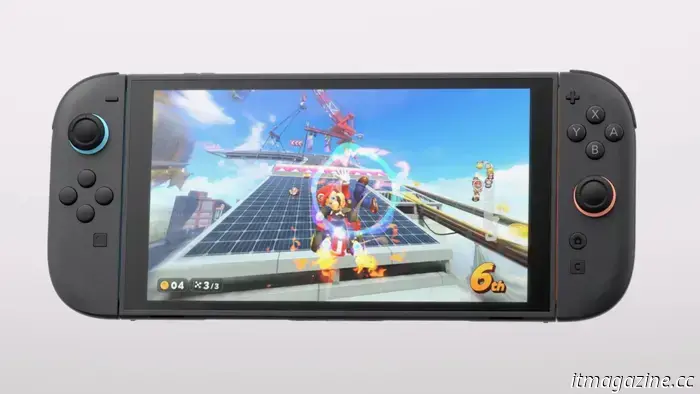


Other articles
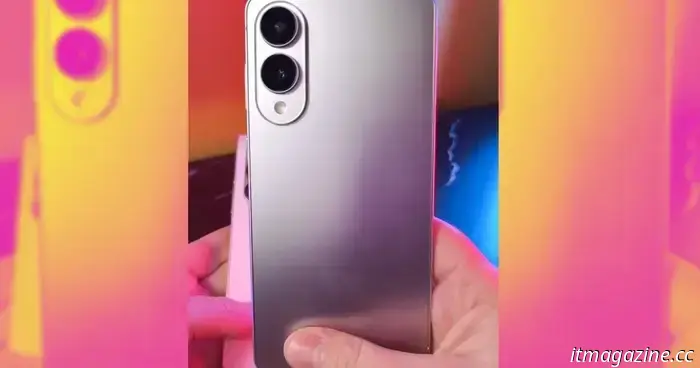 The Galaxy S25 Edge might cost you more than you anticipated.
A retailer prematurely posted listings for the Galaxy S25 Edge, but it provided us with a glimpse of the price.
The Galaxy S25 Edge might cost you more than you anticipated.
A retailer prematurely posted listings for the Galaxy S25 Edge, but it provided us with a glimpse of the price.
 NYT Crossword: solutions for Monday, April 7
The crossword puzzle in The New York Times can be challenging, even if it's not the Sunday edition! If you're facing difficulties, we're available to assist you with today’s clues and solutions.
NYT Crossword: solutions for Monday, April 7
The crossword puzzle in The New York Times can be challenging, even if it's not the Sunday edition! If you're facing difficulties, we're available to assist you with today’s clues and solutions.
 An explanation of the finale of The White Lotus season 3.
The White Lotus concluded its third season with a dramatic finale featuring multiple explosive moments, and we have a detailed analysis for you.
An explanation of the finale of The White Lotus season 3.
The White Lotus concluded its third season with a dramatic finale featuring multiple explosive moments, and we have a detailed analysis for you.
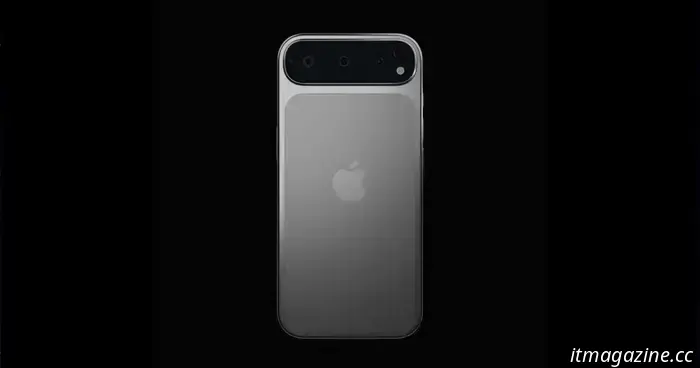 Disregard the iPhone 17 Pro design; the iPhone for its 20th anniversary might be its most daring yet.
Mark Gurman has stated that the 20th anniversary iPhone Pro will feature a "daring" design.
Disregard the iPhone 17 Pro design; the iPhone for its 20th anniversary might be its most daring yet.
Mark Gurman has stated that the 20th anniversary iPhone Pro will feature a "daring" design.
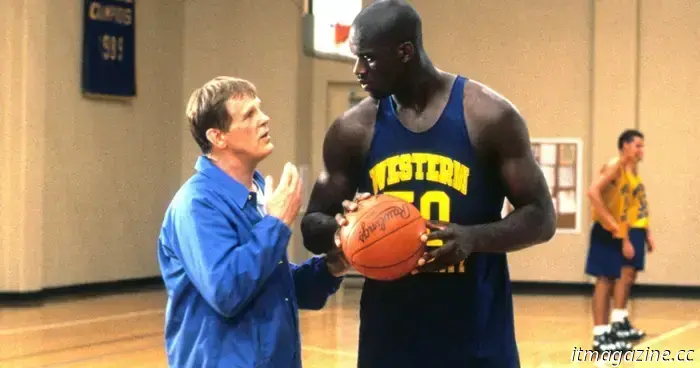 Enjoying March Madness? Check out these five basketball films that you can stream right now.
While March Madness may conclude today with the college championship game, you can still embrace the excitement with these five basketball films available for streaming at this moment.
Enjoying March Madness? Check out these five basketball films that you can stream right now.
While March Madness may conclude today with the college championship game, you can still embrace the excitement with these five basketball films available for streaming at this moment.
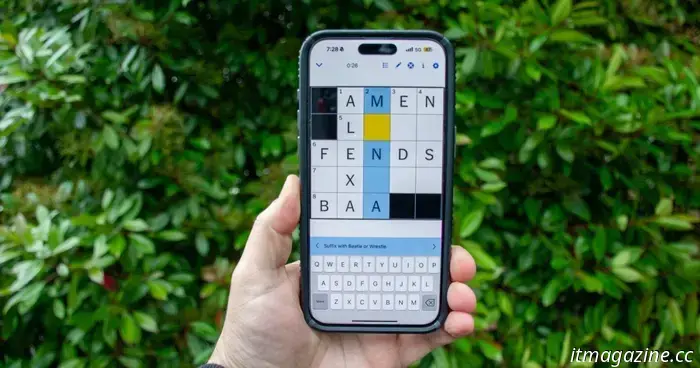 NYT Mini Crossword answers for Monday, April 7.
The NYT Mini crossword may be significantly smaller than a standard crossword, but it's still quite challenging. If you're having trouble with today's puzzle, we have the solutions for you.
NYT Mini Crossword answers for Monday, April 7.
The NYT Mini crossword may be significantly smaller than a standard crossword, but it's still quite challenging. If you're having trouble with today's puzzle, we have the solutions for you.
Inside the smile factory: Nintendo's mission to keep the Switch 2 from facing reality.
We had a conversation with Bill Trinen and Nate Bihldorff from Nintendo regarding the Switch 2, GameChat, pricing of games, and other topics.
